May 23, 2025 | 12:04 GMT +7
May 23, 2025 | 12:04 GMT +7
Hotline: 0913.378.918
May 23, 2025 | 12:04 GMT +7
Hotline: 0913.378.918
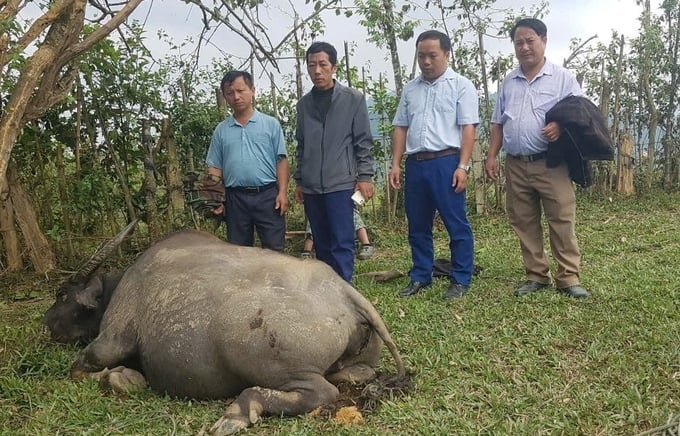
Cattle in Huoi Tu commune are suspected of having blackleg due to symptoms of swollen bellies. Photo: VK.
On November 24, confirming with the reporter of Vietnam Agriculture News, Vice Chairman Tho Ba Re of Ky Son District People's Committee, said, "We have just received information that livestock of people in Huoi Mu village, Huoi Tu commune died in large numbers. Initial statistics recorded a total of 26 cattle. The professional agency denied the cause of septicemia, and there is a high chance that blackleg disease is the root of the problem".
Vice Chairman Re also emphasized the recency of the incident, and the dead cows and buffaloes were not part of any program or project. Based on the actual developments, on November 25, the interdisciplinary delegation of Ky Son District People's Committee went to the scene to inspect and soon had a plan to deal with the situation through clear directives.
Through investigation and verification, it is known that the unusual incident at Huoi Mu village occurred on November 19. In the following days, the number of dead buffaloes and cows increased rapidly, causing many owners to be extremely worried. The dead buffaloes and cows all share a common phenomenon of bloated bellies, at first glance, it looked like balloons about to burst.
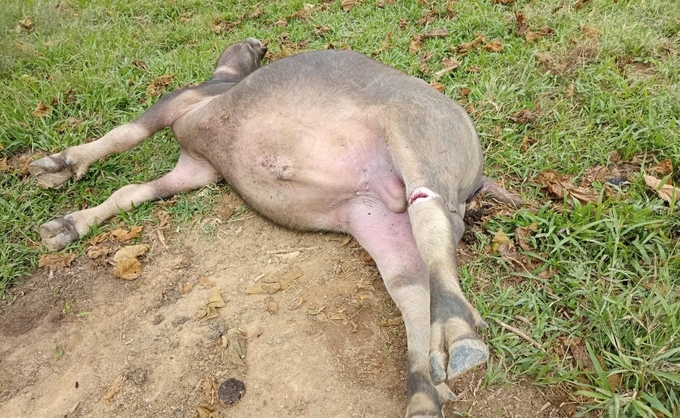
A total of 26 buffaloes and cows were initially found dead in Huoi Mu village. Photo: VK.
Local authorities have taken some samples for analysis to quickly clarify the cause. Examination of the muscles and meat in the thighs of buffaloes and cows revealed dark areas with air bubbles around them, which is a typical sign of blackleg disease in cattle.
Information from the leader of the People's Committee of Huoi Tu commune shows that the blackleg epidemic is spreading rapidly among the livestock of Huoi Mu village, from the actual number of dead buffaloes and cows, the total damage is estimated to be up to several hundred millions of VND. In particular, the most serious case is at Ly Xai Phia's household with 12 buffaloes and 1 cow found dead.
This is the first time this remote commune has recorded blackleg in cattle, so panic and confusion have widely spread. The commune People's Committee has coordinated with the Office of Agriculture and Rural Development and the district-level Agricultural Service Center to organize zoning and treatment to have the epidemic under control on a small scale, but the implementation process is actually filled with difficulties.
The first problem is the ways blackleg disease is transmitted. The bacteria that cause the disease are present in food and drinking water, so it is difficult for buffaloes and cows to avoid infection when they consume it. The disease proves to be even more dangerous as it spreads quickly and can cause immediate death in a short period of time.
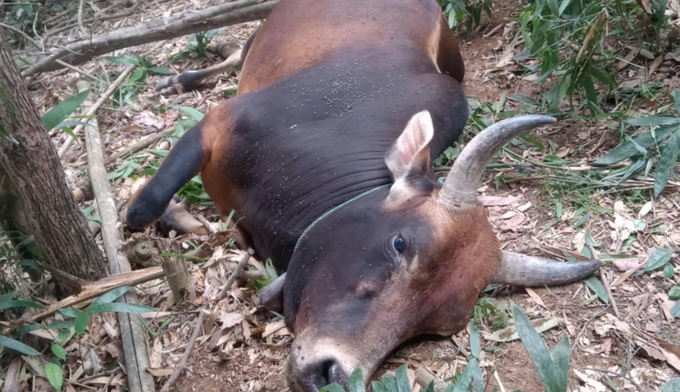
Unpredictable movements of the disease, combined with free-range farming habits of livestock owners, contribute to the risk of widespread. Photo: VK.
In fear of the situation worsening, the People's Committee of Huoi Tu commune proposed Ky Son district provide vaccines to households to prevent blackleg disease. As for local farmers, the authorities recommended regular herd inspection. Livestock households should immediately report any unusual signs to the relevant units.
On the other hand, the People's Committee of Huoi Tu commune has mobilized forces to organize disinfection and sterilization in farms where buffaloes and cows have died or are infected with blackleg to minimize the risk. The commune government also requires people not to slaughter infected buffaloes and cows to avoid spreading bacteria to the surrounding environment.
Blackleg is an acute infectious disease of cattle and buffaloes, caused by anaerobic bacteria Clostridium chauvoei and some other anaerobic bacteria (Cl.septicum, Cl.perfringens). When infected with the bacteria, cows and buffaloes will have swollen muscles and bloat. If infected in a very acute form, cows and buffaloes can die within 3 to 6 hours. In the acute form, the disease progresses in 2 - 3 days to 1 week. If not treated promptly, the livestock will die.
This disease can occur year-round in areas contaminated with Clostridium chauvoei spores, and the frequency increases during hot, humid, and rainy months. Rainwater causes bacterial spores from the soil to float onto straw and grass, and when eaten by livestock, the disease develops.
Translated by Samuel Pham
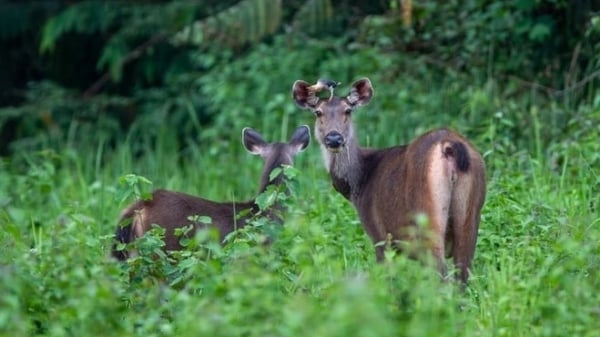
(VAN) WWF, GIZ, IUCN, UNDP call for biodiversity conservation and sustainable development must be regarded as a unity in strategies for a green future.
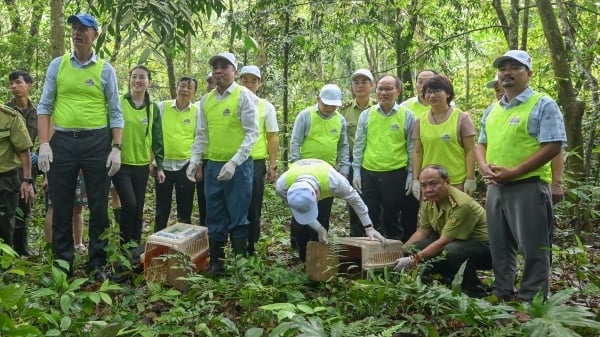
(VAN) On celebration of International Day for Biological Diversity, Deputy Minister Nguyen Quoc Tri called for practical actions to address nature and biodiversity conservation.
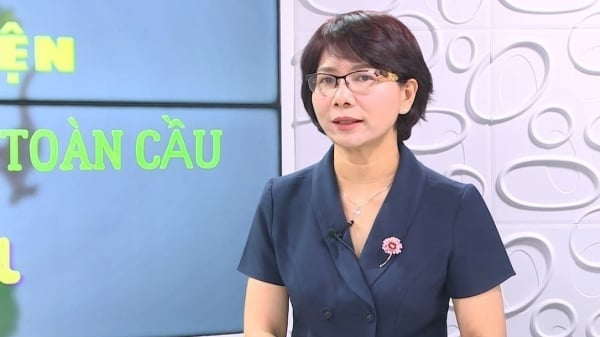
(VAN) Dr. Hoang Thi Thanh Nhan – Deputy Director of the Nature and Biodiversity Conservation Agency – highlighted this on the International Day for Biological Diversity, May 22, 2025.
![Ho Chi Minh city adapts to climate change: [2] Accelerating action](https://t.ex-cdn.com/nongnghiepmoitruong.vn/608w/files/chiqk/2025/05/22/4024-4220-bien-doi-khi-hau-1-100626_766.jpg)
(VAN) Clearly recognizing the challenges posed by climate change, Ho Chi Minh city has swiftly shaped its policies and implemented practical solutions to adapt.
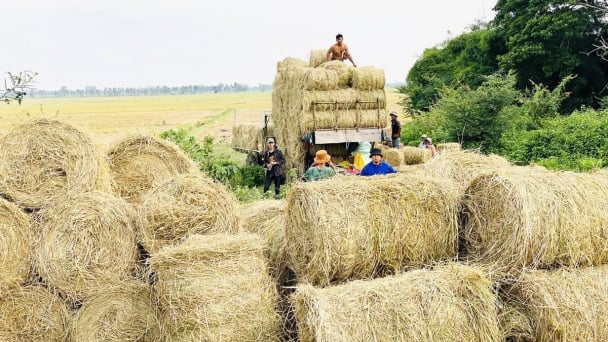
(VAN) Rice straw is no longer just a discarded byproduct, but it is becoming a green resource that helps farmers in the Mekong Delta reduce emissions and promote circular, sustainable agriculture.
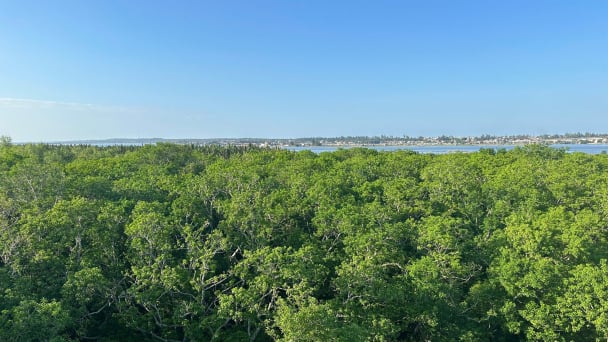
(VAN) Other Effective Area-based Conservation Measures (OECMs) are solutions that contribute effectively to achieving the goals of the Kunming–Montreal Global Biodiversity Framework.
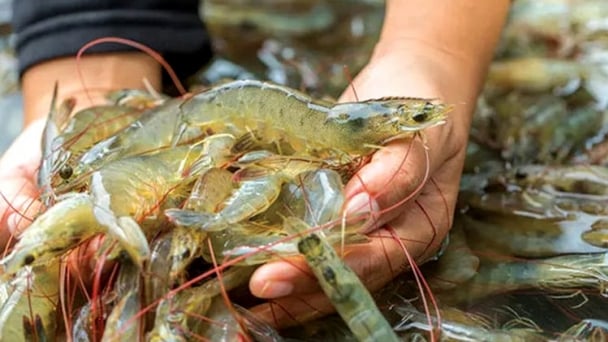
(VAN) A study assessing the carbon footprint of whiteleg shrimp farming in China shows the potential for carbon emission reduction through the use of renewable energy.